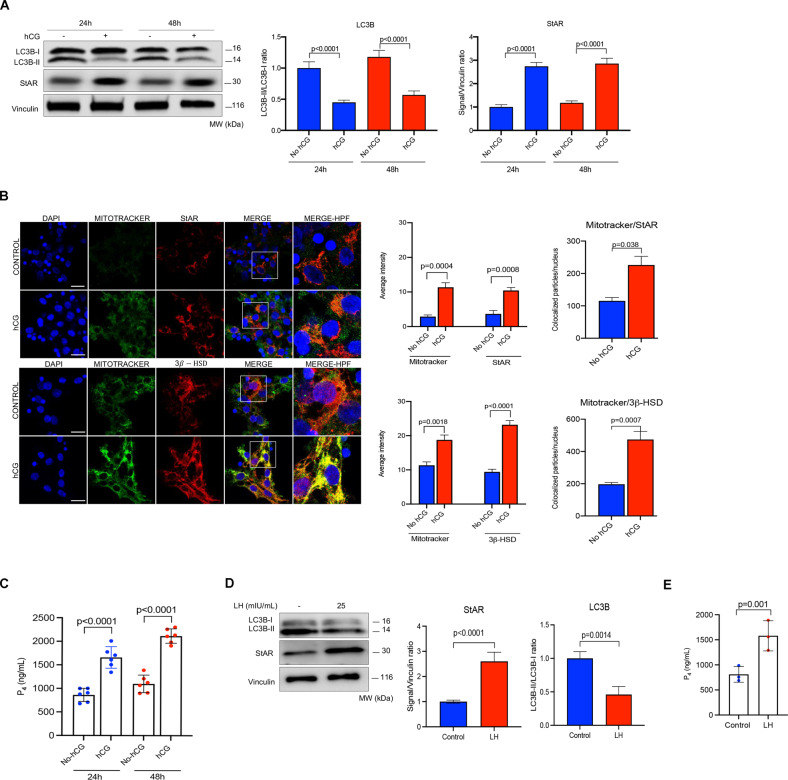Fig. 1. Gonadotropin hormone hCG (human chorionic gonadotropin) increases steroidogenesis and activates autophagy in granulosa cells.
A Representative blots for indicated proteins 24 and 48 h after treatment with hCG (10 IU/ml). Densitometric quantification is indicated to the right of the blots. Mean ± SD, N = 6 biological replicates analyzed using one-way ANOVA, with Tukey’s test for multiple comparisons. B Representative confocal images of the cells after staining for the steroidogenic enzymes StAR and 3β-HSD 24 h after treatment with hCG (10 IU/ml). The insets are shown at a high power field (HPF). Quantification of the signal intensities and co-localizations of the signals are indicated to the right of the images. Nuclei stained with DAPI. Scale bars represent 20 μm. Mean ± SD, N = 6 biological replicates analyzed using one-way ANOVA, with Tukey’s test for multiple comparisons. C Representative graphic bar indicates progesterone (P4) hormone production of the cells before and after treatment with hCG. Mean ± SD, N = 6 biological replicates analyzed using one-way ANOVA, with Tukey’s test for multiple comparisons. D Representative blots of the luteinized granulosa cells before and 24 h after treatment with luteinizing hormone (LH) at the indicated concentration. Densitometric quantification is indicated to the right of the blots. Mean ± SD, N = 3 biological replicates analyzed using one-way ANOVA, with Tukey’s test for multiple comparisons. E In vitro progesterone (P4) production of the luteinized granulosa cells 24 h after treatment LH (25 mIU/ml).

